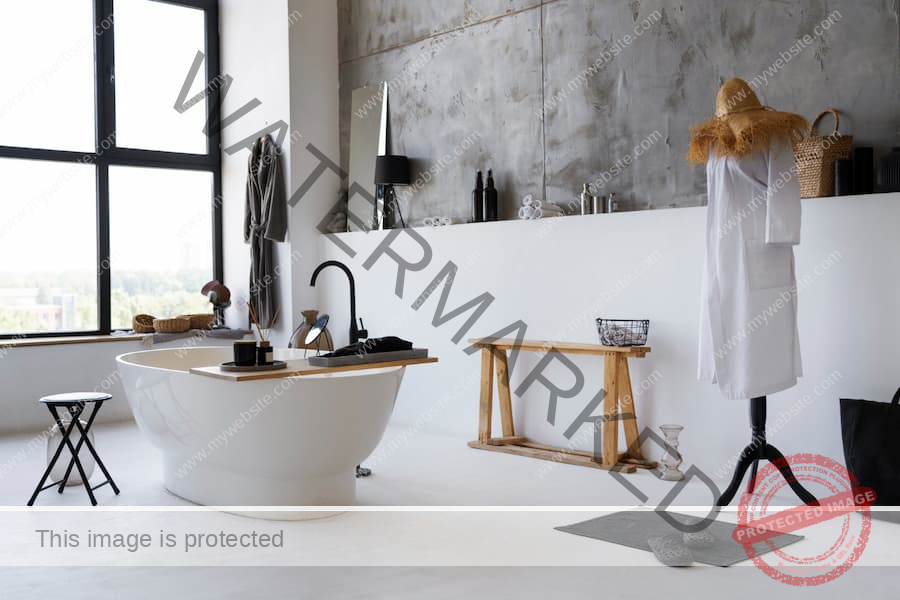Let’s get real—life happens to teeth.
One minute you’re biting into a juicy apple, and the next, there’s a sharp crack, and suddenly you’re Googling “tooth pain” with tears in your eyes. Or maybe your coffee habit finally caught up with that front tooth that’s been looking a little more… beige than you’d like to admit. That’s when a dentist might say, “You need a ceramic crown.” But don’t panic. I’ve been there—and I promise—it’s not as scary (or as expensive) as it sounds.
So, what exactly is a ceramic teeth cap? Why do people get them? And most importantly—should you?
Let’s break it down.
What Is a Ceramic Teeth Cap, Really?
Okay, quick definition: A ceramic teeth cap, also called a ceramic crown, is a custom-made covering that fits over a damaged or weakened tooth. Think of it like a tiny helmet for your tooth—strong, snug, and kind of life-saving.
But here’s the kicker—it’s not just about protection. It’s also about aesthetics. Ceramic crowns are color-matched to your natural teeth, so no one (not even your dentist on a lazy Monday) can tell the difference. They’re the go-to for front teeth restorations because they look that real.
Unlike metal crowns, which scream, “I’ve been to the dentist,” ceramic ones whisper, “My smile’s always looked this good.”
Why Would You Need One?
Let’s imagine three scenarios:
-
A Bad Tooth Day – My friend Sarah cracked her molar on a piece of unpopped popcorn (yes, really). The crack wasn’t deep enough for an extraction, but it needed serious reinforcement. Enter: ceramic crown.
-
Post-Root Canal Fix – If you’ve had a root canal, you know the tooth becomes brittle. Dentists usually place a crown on top to avoid future breakage.
-
Cosmetic Upgrade – My cousin had a weird peg-shaped tooth since childhood. It worked fine, but looked awkward in photos. A ceramic crown gave her that uniform, celeb-smile look without braces or veneers.
Whether it’s trauma, decay, or just bad genetics—crowns step in where regular fillings can’t.
What Makes Ceramic Crowns Special?
Here’s the fun part. Not all crowns are created equal.
Ceramic caps (especially the all-porcelain or zirconia types) are known for:
-
Lifelike Appearance – They reflect light like real enamel. If you’re the type to obsess over selfies (no judgment), this matters.
-
Biocompatibility – Ceramic doesn’t trigger allergies. Metal crowns can sometimes cause sensitivity or even discolor gums over time.
-
Stain Resistance – They’re more resistant than natural teeth. Wine lovers, rejoice.
The downside? They’re not always as strong as metal-based options, especially for back molars where chewing forces are intense. But with modern materials like lithium disilicate, that gap is closing fast.
The Experience: What It’s Really Like to Get One
Let me be honest—the first time I got a ceramic cap, I was nervous.
The procedure usually takes two appointments. First, your dentist preps the tooth (which includes shaving it down—don’t freak out, you’re numb). Then, they take impressions or 3D scans and pop on a temporary cap. You walk out looking normal.
A couple weeks later, you’re back for the final placement. The real crown gets bonded in, polished, and adjusted. No pain, just a little pressure. I walked out with a brand-new smile and zero regrets.
Pro tip: Avoid chewing gum or super sticky foods while wearing the temporary crown. Trust me, I learned the hard way (yes, it popped off mid-chew at a dinner party).
Cost Talk—Is It Worth It?
Let’s be blunt: ceramic crowns aren’t cheap. In the US, they range from $800 to $2,500 per tooth. Insurance usually covers part of it if there’s a medical reason.
But think about this—would you rather pay for a quality crown now or risk losing the tooth and needing an implant later (which can cost $3,000+)?
It’s not just about money. It’s about confidence, comfort, and not having to avoid your favorite foods.
Real People, Real Stories
I asked a few folks in my circle to share their “ceramic crown confessions.” Here’s what they said:
Imran, 32 – “I got one after a bike accident chipped my front tooth. Honestly, I was embarrassed for months. After the crown, I felt like myself again. People couldn’t even tell.”
Melissa, 45 – “I had four molars crowned. The dentist warned me about cheaper options, but I went with ceramic. It’s been five years—they still look brand new.”
David, 27 – “I hated my ‘small tooth’ since I was a teen. A single ceramic cap changed how I felt in every picture. Sounds dramatic, but it gave me confidence.”
FAQs People Don’t Like to Ask (But Should)
Do ceramic teeth caps fall off?
Not if they’re done right. But if you grind your teeth or bite your nails, you could weaken the bond. A night guard helps.
Do they last forever?
Not forever, but 10–15 years is average. Some last 20+ with good care.
Can I eat normally?
Yes—just avoid chewing ice or jawbreaker candies. Your crown’s strong, not invincible.
What if it looks fake?
Good question. A skilled dentist will match it perfectly. Don’t bargain hunt on this—poor shade matching is a dead giveaway.
Final Thoughts: Should You Get a Ceramic Teeth Cap?
If your tooth is damaged, discolored, or just not doing its job—yes, a ceramic cap might be your best option.
It’s not just about saving a tooth. It’s about restoring your bite, your confidence, and your smile. I used to hide my smile with my hand. Now, I grin like I’ve got nothing to prove.
Here’s the truth: A ceramic crown won’t change your life. But it might just change how you feel about yourself—and that’s priceless.















